Rekd
TPF Noob!
- Joined
- Aug 13, 2009
- Messages
- 1,272
- Reaction score
- 52
- Location
- Rural America
- Website
- amusingscribe.com
- Can others edit my Photos
- Photos OK to edit
Some color shots from the late 30's early 40's. Lots of very good captures.
Captured: America in Color from 1939-1943 – Plog Photo Blog
Captured: America in Color from 1939-1943 – Plog Photo Blog


 I was referring to the awesome composition. But that's interesting stuff.
I was referring to the awesome composition. But that's interesting stuff.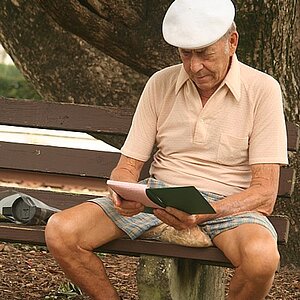
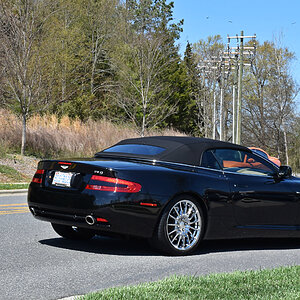
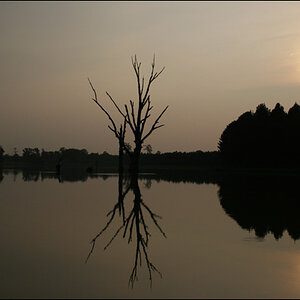

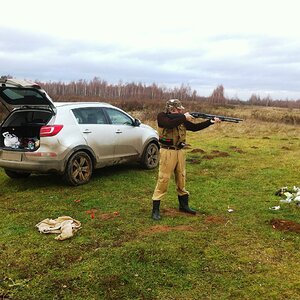

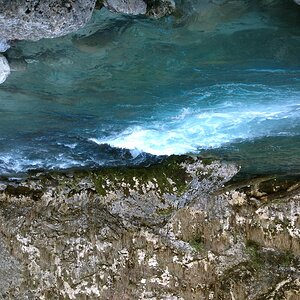
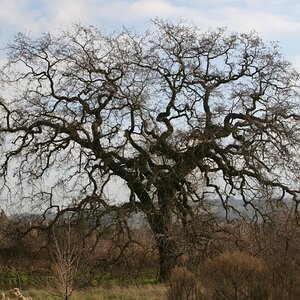

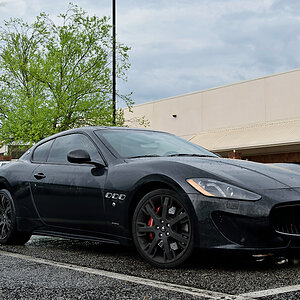
![[No title]](/data/xfmg/thumbnail/35/35879-b9a5a75c88f724f404f976b0c0e67dbd.jpg?1619737207)
